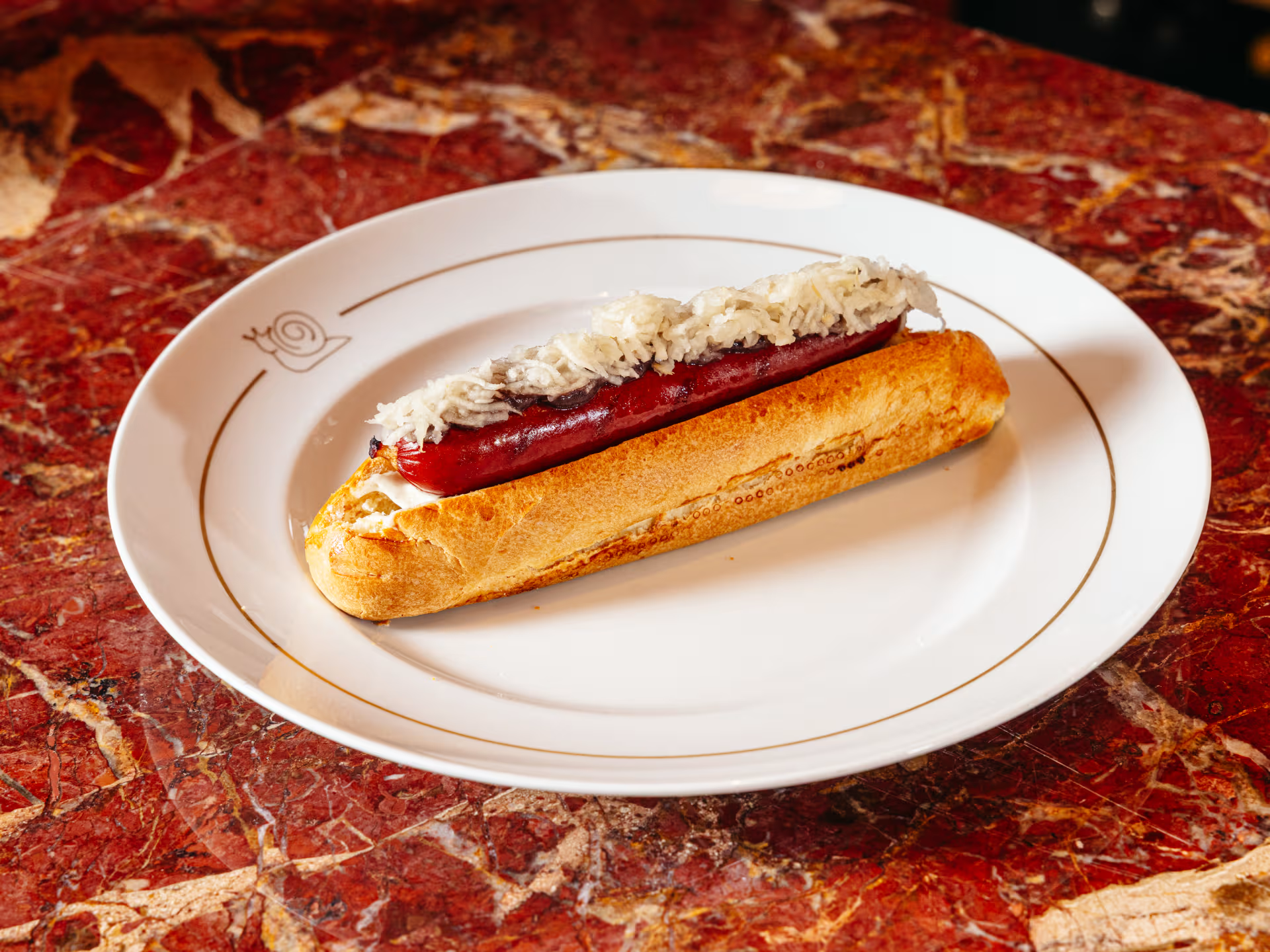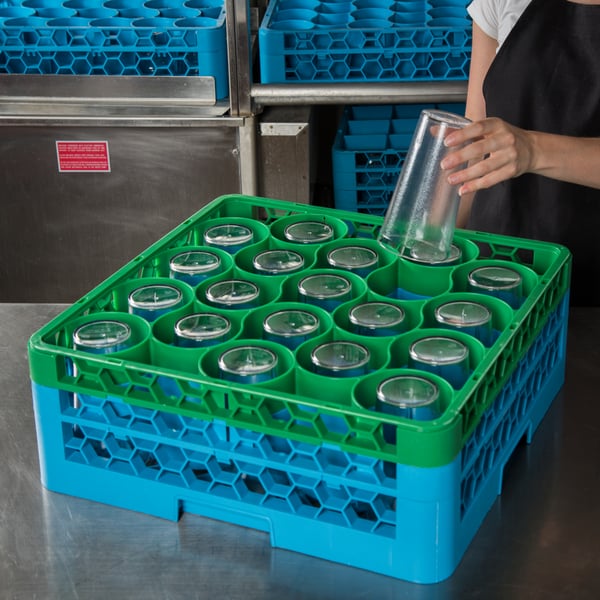Ice handling is not to be taken lightly. While your team are likely professionals at safe food handling, it is not uncommon to see workers plunge their bare hands directly into ice makers or use multi-purpose buckets for transporting ice. Your customers are ingesting ice just like the food you're serving, and it is essential to handle it with the same respect.
Ice can be even more vulnerable to contamination than your food, since when you cook a dish to it effectively kills any bacteria that may have been present. But if ice becomes contaminated with bacteria, it doesn’t go anywhere until it is discarded. For these reasons, ice needs to be treated as food, and safe handling procedures must be in place to minimize contamination and provide a safe dining experience for your guests.
In this blog post we will go over the best practices for safe ice handling for your foodservice operation:
Tips for Safe Ice Handling

Always Use an Ice Scoop
Never use a glass to scoop ice from an ice bin. Glasses are handled by multiple people before reaching the ice, making them a prime source of bacterial contamination. Even worse, if a glass chips or breaks in the ice bin, it creates a dangerous situation where shards could end up in someone’s drink, posing a serious injury risk.
Always use a dedicated ice scoop. We love the San Jamar Safe-T Ice Scoop and Guardian System, made from durable, NSF-certified polycarbonate, these scoops are built to last and include a knuckle guard that helps prevent contamination from hands during use.
Another common mistake is storing the scoop directly in the ice bin. The Guardian System includes a convenient holder that keeps the scoop safely outside the ice when not in use. It can be easily attached to the inside or outside of the bin using suction cups, brackets, or mounting hardware—whichever works best for your setup.
Use Dedicated Ice Buckets
Don't just use any random bucket to transfer ice around your restaurant. This is an easy way to contaminate your ice supply—especially if that bucket has been used for other tasks.
Always use a dedicated ice tote for safe ice transport. The San Jamar Light Duty Ice Tote is perfect smaller amounts of ice, while the San Jamar Safe-T Ice Tote is designed for heavier loads—up to 25 pounds. These totes attach directly to the ice bin for easy filling and feature raised handles to avoid contamination from floors.
The Safe-T Ice Tote is crafted from durable, transparent polycarbonate and features Tri-Grip™ ergonomic handles for comfortable, stable carrying. These handles also reduce strain when lifting or pouring. It’s available in two convenient sizes: a full 6-gallon version and a compact 5-gallon model that’s commercial dishwasher-safe.

Complete Your Equipment with an Ice Cart
Hauling 50 pounds of ice from the back of the house to the front isn’t just tiring—it’s a real safety concern. Fully loaded ice totes can be too heavy for a single employee to carry comfortably, often forcing them to underfill totes or make multiple trips.
Protect your team and boost efficiency with the San Jamar Safe-T Ice Cart. This cart can hold two fully loaded San Jamar Safe-T Ice Totes securely—helping reduce the risk of strain or injury while increasing productivity. When not in use, the cart folds in half for compact, space-saving storage. Two versions are available to accommodate either the 6-gallon full-size or the 5-gallon Shorty totes.
Maintain Your Ice Equipment
To maintain high-quality contamination-free ice, follow these steps to keep your ice equipment on point:
- Empty and clean your ice machine 2-4 times per month to reduce the risk of contamination, eliminate odors, and improve the taste of the ice.
- Completely clean and descale your ice machine every 6 months, even if it is a self-cleaning unit.
- Use a water filter that can handle the hardness of your water and change it at the recommended intervals (no filter is better than an old dirty filter).
- Vacuum around the coils and cooling unit.
- Store your ice machine away from stoves, refrigerators, and other kitchen appliances to reduce the risk of cross-contamination.









